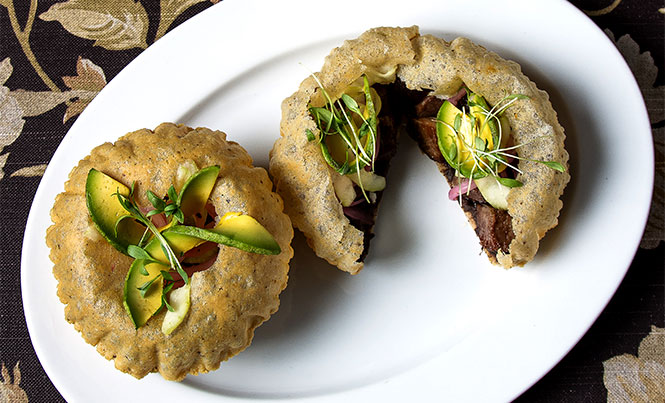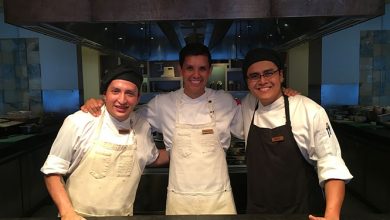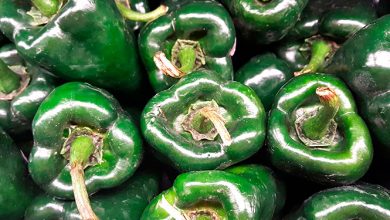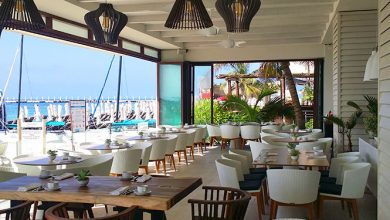ALMIRANTE PECH: The Legend of a Legacy
This is the history that inspired a defying traditional cuisine without losing its regional spirit.

 Legend has it that by the 1700s there was a man who became admiral of a fleet of pirate ships in the Caribbean and other seas, a man who unwittingly changed the fate and cuisine of an entire region. His name was Wildrow Jacinto Pech, an emblematic character who, to many, represents the indomitable spirit of the Maya and one of the first mestizos to make history in these beautiful lands. Son of a Maya general and a European prostitute, he was trapped between two worlds – the Maya and the European colonizers – but he couldn’t find his place within either of them. While negotiating the sale of weapons with an English captain, his father found Pech work on a ship at a very young age. Here, was where the great mission that his father entrusted to him began – to sow the Maya seed in each port and every woman as a counter-attack to the European colonization.
Legend has it that by the 1700s there was a man who became admiral of a fleet of pirate ships in the Caribbean and other seas, a man who unwittingly changed the fate and cuisine of an entire region. His name was Wildrow Jacinto Pech, an emblematic character who, to many, represents the indomitable spirit of the Maya and one of the first mestizos to make history in these beautiful lands. Son of a Maya general and a European prostitute, he was trapped between two worlds – the Maya and the European colonizers – but he couldn’t find his place within either of them. While negotiating the sale of weapons with an English captain, his father found Pech work on a ship at a very young age. Here, was where the great mission that his father entrusted to him began – to sow the Maya seed in each port and every woman as a counter-attack to the European colonization.
Although Pech was small in stature, his audacity, great character, and a thirst for adventure gave him a hypnotic charisma while courting women and he became a kind of Maya Don Juan-Marco Polo. It’s estimated that his offspring could be found across the five continents. And it was through his voyages around the world that he brought new ingredients to Maya lands, changing the regional cuisine by fusing the traditional recipes with exotic flavors brought from distant lands.
With our restaurant, Almirante Pech, we pay tribute to this legendary character by creating a cuisine with deep Maya roots combined with the flavors from different parts of the world. Local ingredients such as sour orange, burnt chiles, and the freshest fish are merged with Indian curry and Mediterranean jocoque. We have an extensive list of recipes that you’ll love including our Arabic recipes made with Mexican products, like our famous roasted corn taboule, ¨French¨ sweet potatoes, or traditional Yucatecan panuchos filled with pork meat or the octopus kastakan. But we not only revolutionized local cuisine, in our bar, you’ll find exotic distillates, daring wines, and cocktails worthy of the great miscegenation that the world has experienced and that makes this place a real tropical tavern







